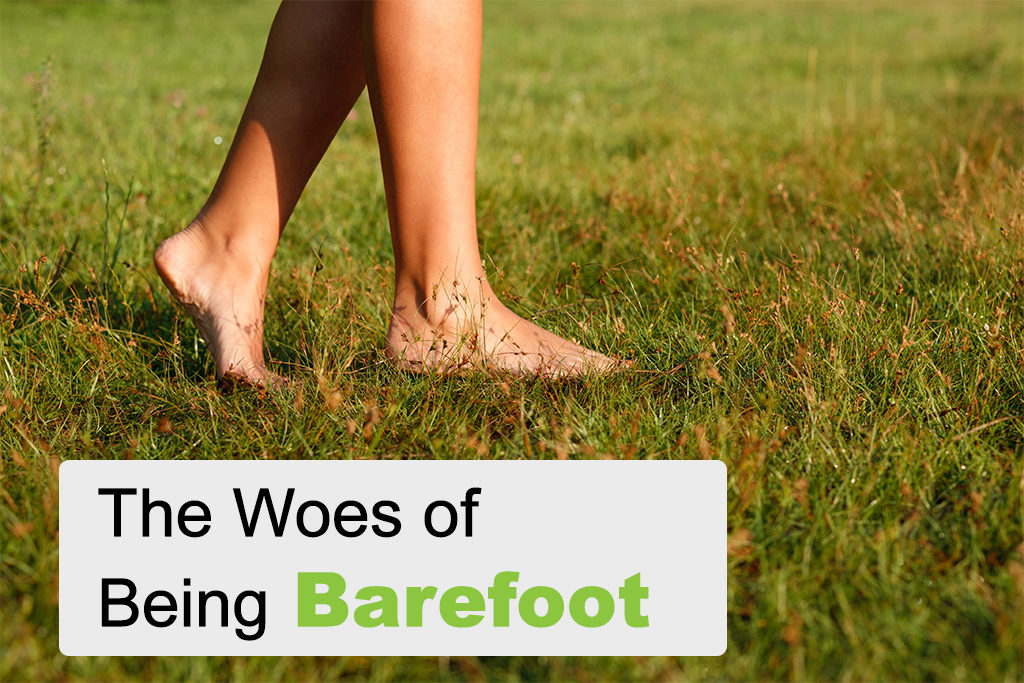Posted by slomotionshoes | 25 January, 2017
The Woes of Being Barefoot
Treating lower extremity conditions is a lot like treating a broken bone. A broken bone will heal by preventing motion at the fracture site. Immobilization with a cast is a traditional treatment tool for someone who has a broken bone. Preventing motion at the fracture site allows the bone healing cells to cross the fracture site healing the fracture. After the fracture is healed the cast is removed and the once injured bone is as good as new.
For many lower extremity conditions, a shoe and orthotic act like a cast by immobilizing and preventing motion at the area of injury. By decreasing motion and stress at the area of injury with the shoe and orthotic, the soft tissues are able to recover. During recovery from a soft tissue condition, it is very important to wear the shoe and orthotic at all times. Going barefoot even for short periods of time place during recovery can take away any gain that has been achieved. Wearing slippers, flip flops, padded socks or walking barefoot on a soft carpet is essentially going barefoot. Taking a cast off during fracture healing even for short periods of time can delay or prevent healing of a fracture. The same holds true for the shoe and orthotic.
When the painful soft tissue condition has resolved most of the time it will be alright to resume barefoot walking. But remember, if you have foot pain and your healthcare provider tells you not to go barefoot, make sure that you have your shoe and orthotic at your bedside for strict compliance with the treatment plan.


